Advanced oral surgery happens every day at Deep Dental clinic in Mohali
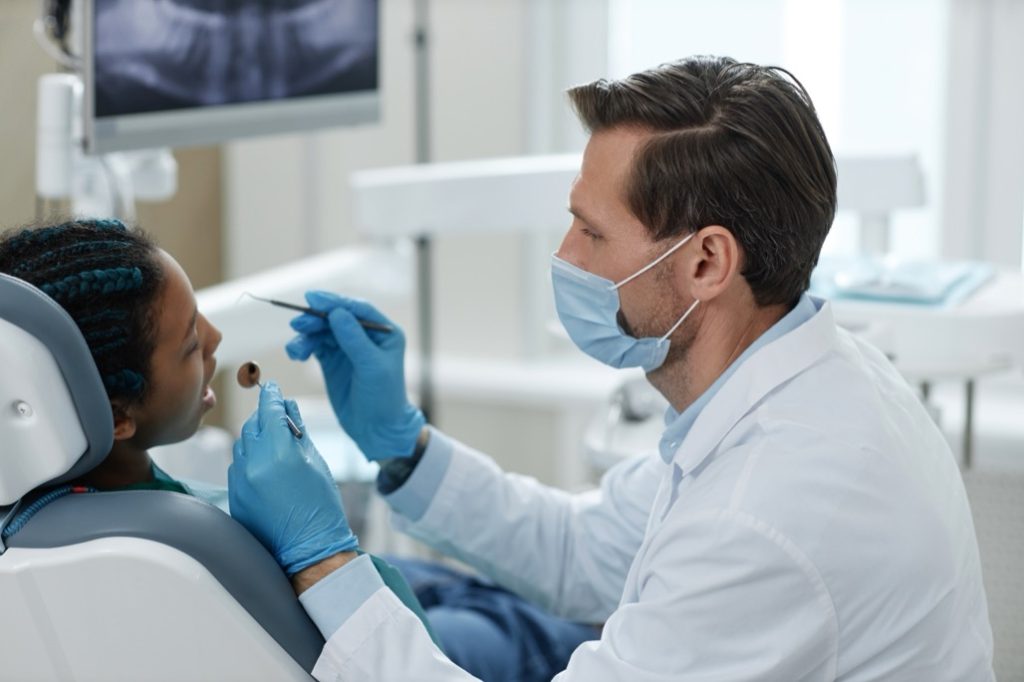
Endodontic Surgery
‘Save the tooth!’ Endodontic surgery is an advanced dental procedure involving the pulp or root of the tooth that is usually done to save a tooth. This may accomplish what a root canal alone cannot achieve. The procedure may be used to locate small fractures or infection hiding in canals previously undetected on X-rays during the initial treatment. Endodontic surgery can also be used to remove calcium deposits in root canals, or treat damaged root surfaces, or treat the surrounding bone of the tooth. At Deep Dental, our dentists and endodontists use advanced technologies like digital imaging and operating microscopes which allow all of these procedures to be performed more quickly, more comfortably and with less injury and quicker healing times. Endodontic surgery has three sub categories that are all related to Root Canal Treatment.
- Pulpotomy is the opening of the pulp chamber of the tooth to allow an infection to drain, which is usually done before root canal surgery can proceed. Sometimes this procedure can be done on its own. This may sound invasive, but Deep Dental team goes above and beyond to make you comfortable offering local anesthesia before opening the gum tissue near the tooth.
- Pulpectomy is the removal of the pulp from the pulp chamber to temporarily relieve pain. This procedure is also done as a precursor to root canal surgery.
- Apicoectomy is a root-end resection when discussed in relation to endodontic surgery. When a root canal alone is not enough to relieve pain, the end of the root, called the apex, is removed by entering through the gingiva and surgically extracting the diseased material. The end of the root canal is sealed with a small filling. Dissolvable stitches are used to close the gum tissue. The bone will heal around the end of the root over the next few months.
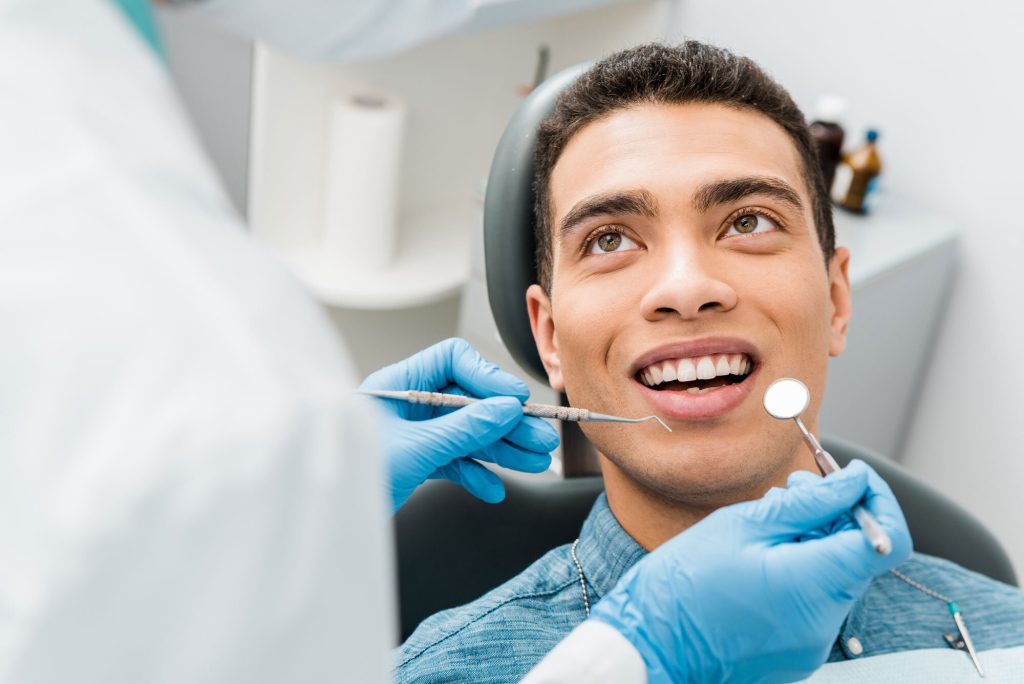
Prosthodontics – Replace lost teeth to create permanent cuspal coverage
- Implants — Are you missing a tooth? One of the most popular choices for replacing missing teeth is dental implants. In this procedure, a titanium cylinder is surgically placed in the bone (mandible or maxilla) and allowed to heal, and then four months later (sometimes as long as six months) an artificial tooth is connected to the implant by cement or retained by a screw. A superior alternative to bridges, partials or complete dentures, dental implants can be flossed like real teeth. They look and feel just like real teeth but without the sensitivity!
- Crowns (caps) — Big holes in teeth need strong caps, or crowns and not just regular fillings. In dentistry, when your tooth is damaged but not lost, a dental crown can be used to restore its shape, appearance and function. Crowns are made in a dental lab and can be cast or cut (and increasingly they are 3d printed) from a variety of bio-compatible materials, including CMC Ceramic Metal Composite or Porcelain Metal Composite gold or a tin/aluminum mixture. You can read more about getting crowns at Deep Dental and learn how modern science is affecting dentistry and positively impacting Indians.
- Veneers – Veneers are artificial coverings similar to crowns except they only cover the forward (labial or buccal) surface of the tooth. Usually done for aesthetic purposes, bonding and veneers can dramatically improve the look of your teeth by changing their colour, shape, angle or spacing. Deep Dental Cosmetic entistry deploys veneers to improve the appearance of teeth that are broken, chipped or cracked, and teeth that have awkward spaces between them, or that are discoloured.
- Bridge – a dental bridge is a fixed prosthesis in which two or more crowns are connected together, which replace a missing tooth or teeth through a bridge. Typically used after an extraction, you can read more about bridges at Deep Dental on our service page.
- Dentures (false teeth) — Deep Dental can create a partial or complete set of dentition which can either attach to neighboring teeth by use of metal or plastic grasps or to the gingival or palatal surface by use of adhesive. Read more about dentures at Deep Dental.
- Implant-supported prosthesis — At the forefront of the study of dental prosthetics is the art of making implant-supported hybrid prosthesis, which is an acrylic resin complete fixed dental prosthesis and supported by implants might be a solution in extreme cases that the need of the restoration for esthetics, function, lip support, and speecha combination of dentures and implants; bases are placed into the bone, allowed to heal, and metal appliances are fixed to the gingival surface, following which dentures are placed atop and fixed into place.
Orthodontic Treatments
- Itero scanner – Much more detailed than the traditional two-dimensional images they have replaced, Itero scans of patients’ mouths capture crisp images that are combined to create three-dimensional dental images on flat screen monitors in a matter of minutes. Intraoral scanners are present at Deep Dental. Their user-friendly nature helps dental professionals get the best results and the scans they produce are also much more informative for patients.
- Orthognathic surgery – in this procedure an oral and maxillofacial surgeon (OMS) in a hospital setting performs surgery to straighten and realign jaws using surgical plates or templates, screws and wires.
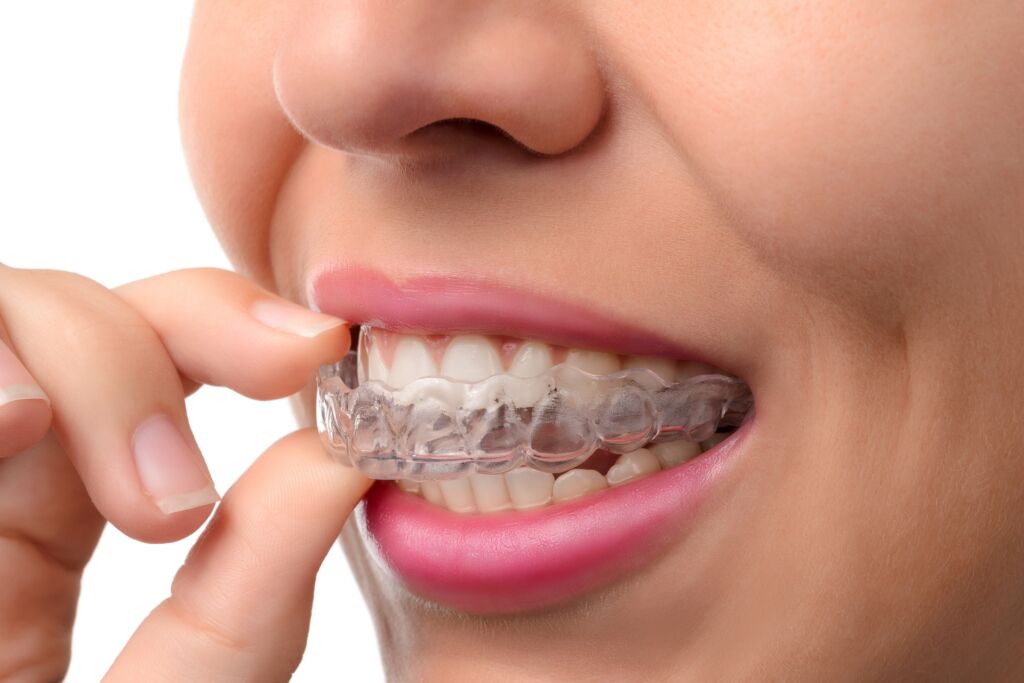
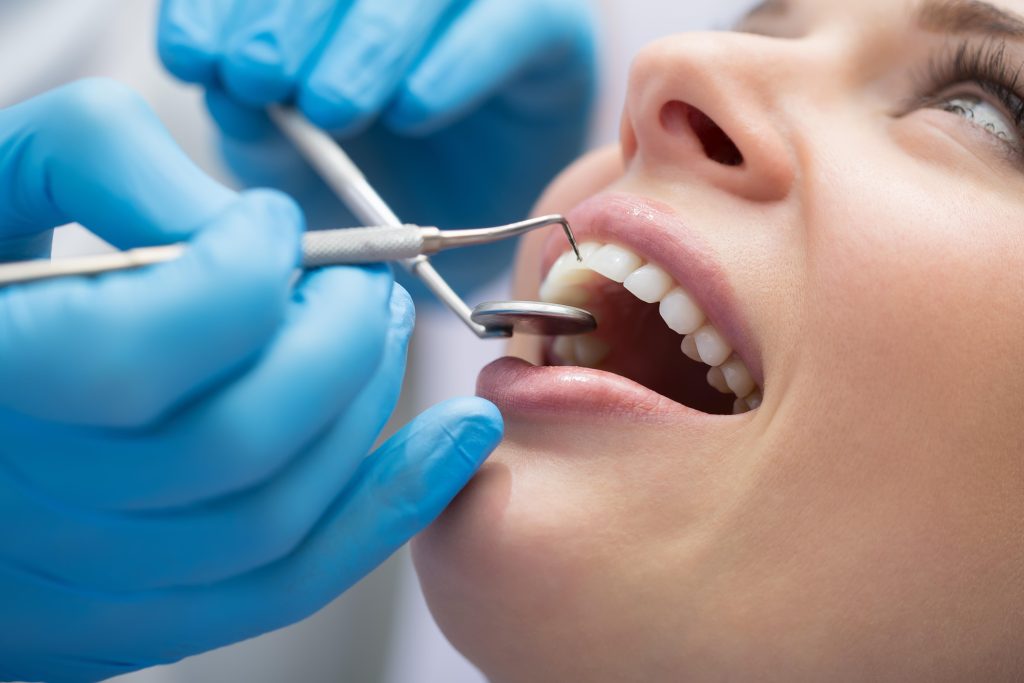
Periodontics
Maxillofacial surgery
Emergency Dental Surgery Service
- implant dentures and other prostheses
- removal of wisdom teeth
- removal of impacted teeth
- fixing malocclusions (improper bites) for dental restorations.
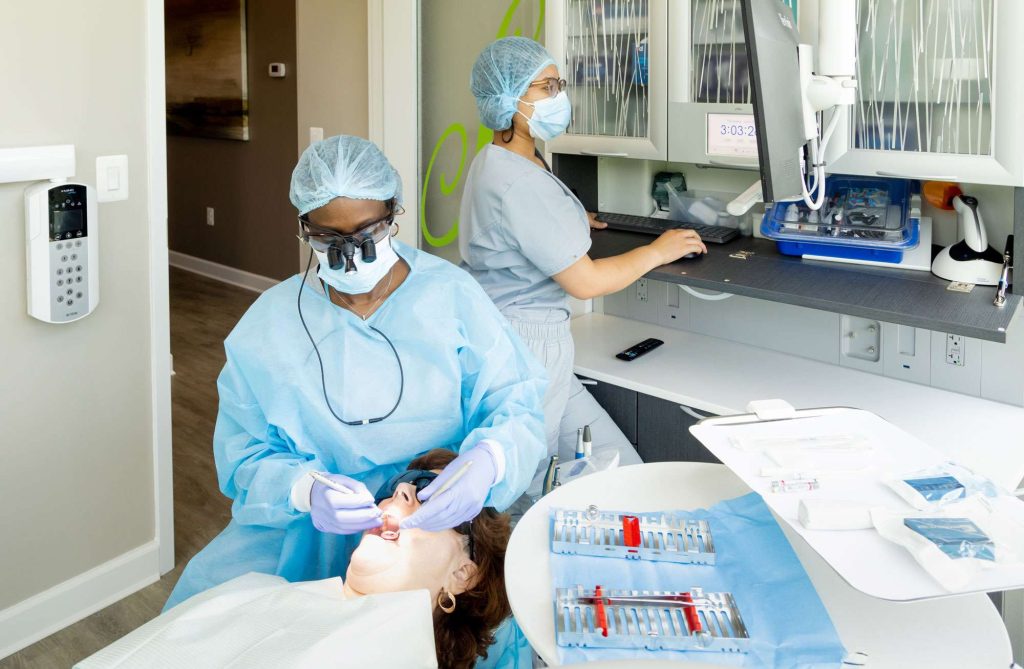
Other procedures:
Crown Lengthening is done to expose an increased amount of the tooth structure for the purpose of restoring the tooth prosthetically.
Sinus augmentation, also know as a sinus lift. Bone is usually added to the upper jaw, or maxilla, in the areas of premolar and molar teeth. The goal of this surgery is to graft enough bone material on the upper jaw which in turn supports the base of a dental implant.
We also use special instruments such as a dental laser for specific use in oral surgery and other dentistry procedures. Depending on the laser it will use different wavelengths for different applications. Using a laser has many benefits; it can reduce the need for anesthetics because following the soft tissue procedures there will be minor bleeding.
When there is an issue we will refer you to our in-house general surgeon, they will then have a consultation with you to make sure you know each step involved in the process. From here we will make sure the surgery is scheduled and performed. We know this is a scary process but we want to make you as comfortable as possible. Whether you have a small question or a list of questions we will make sure you are at ease and know that you are in trusting, steady hands.



